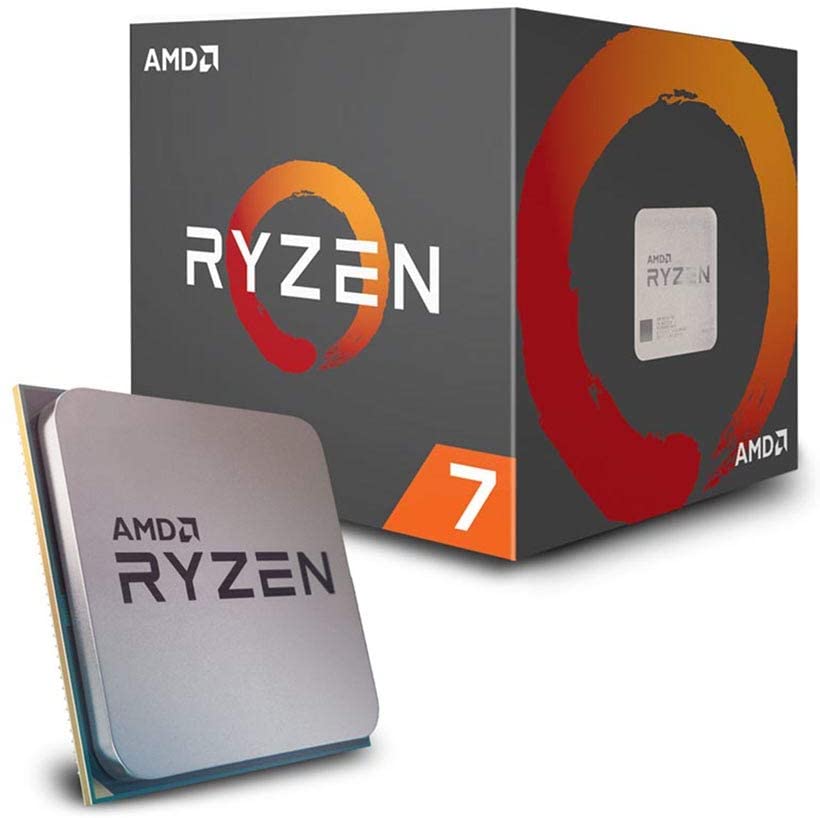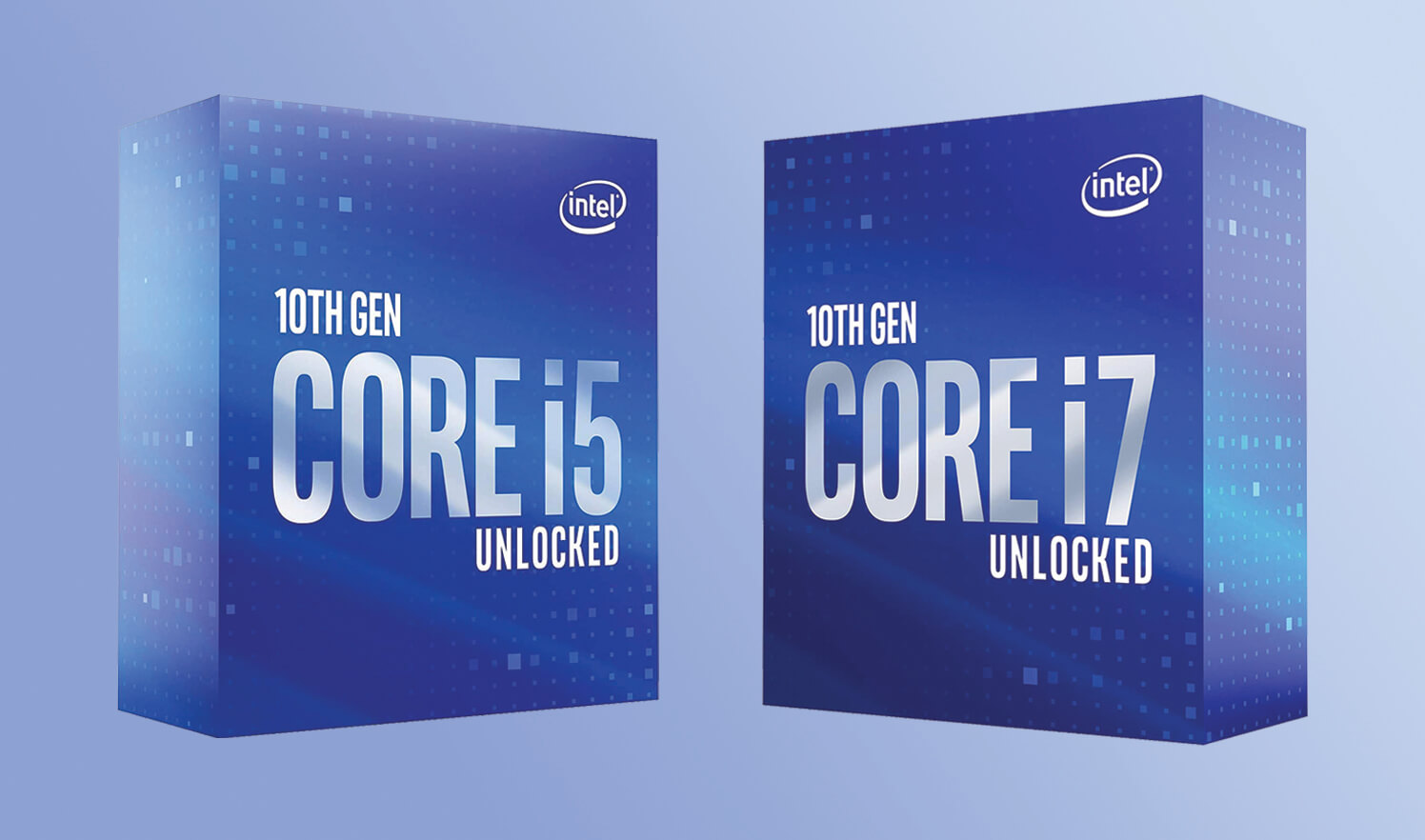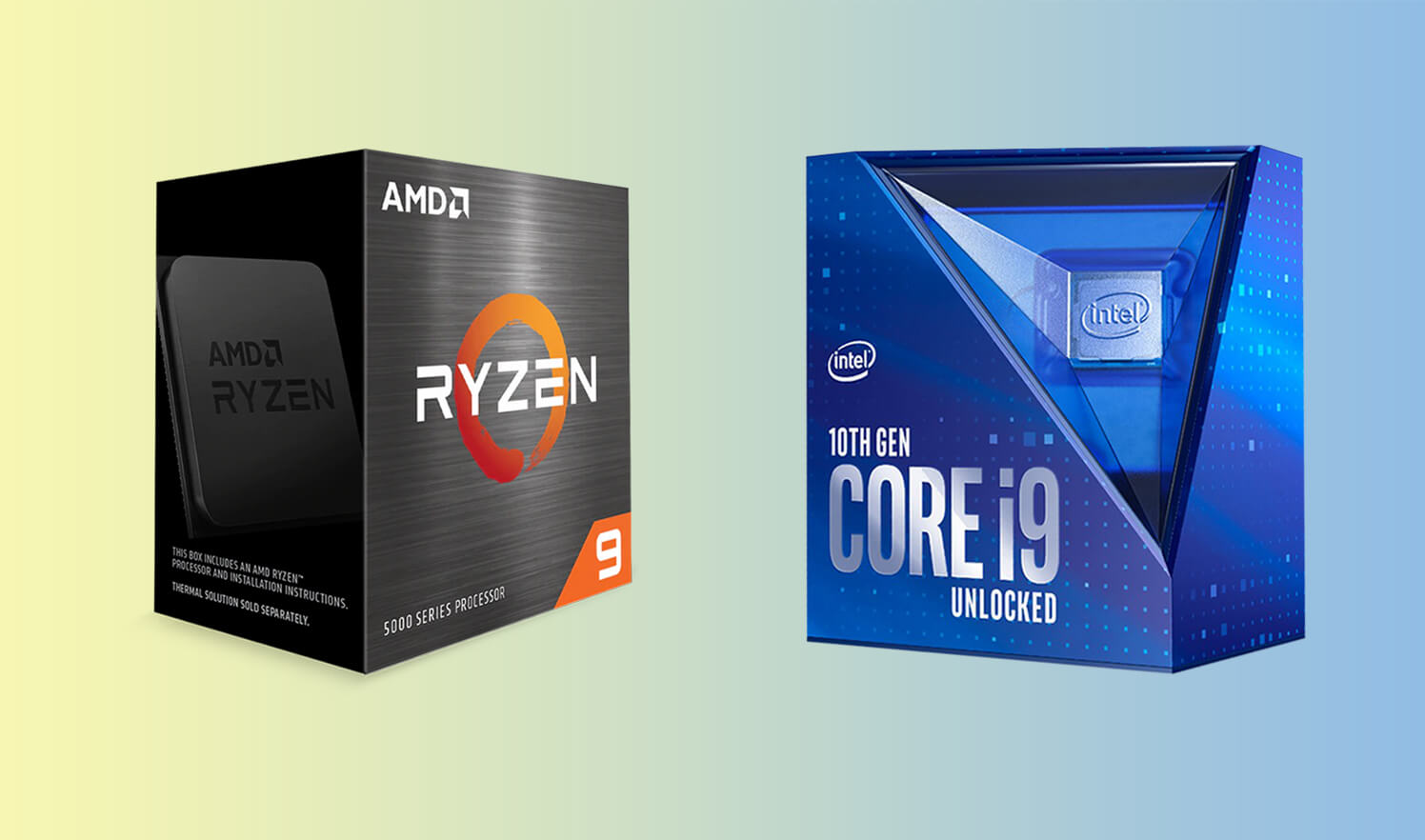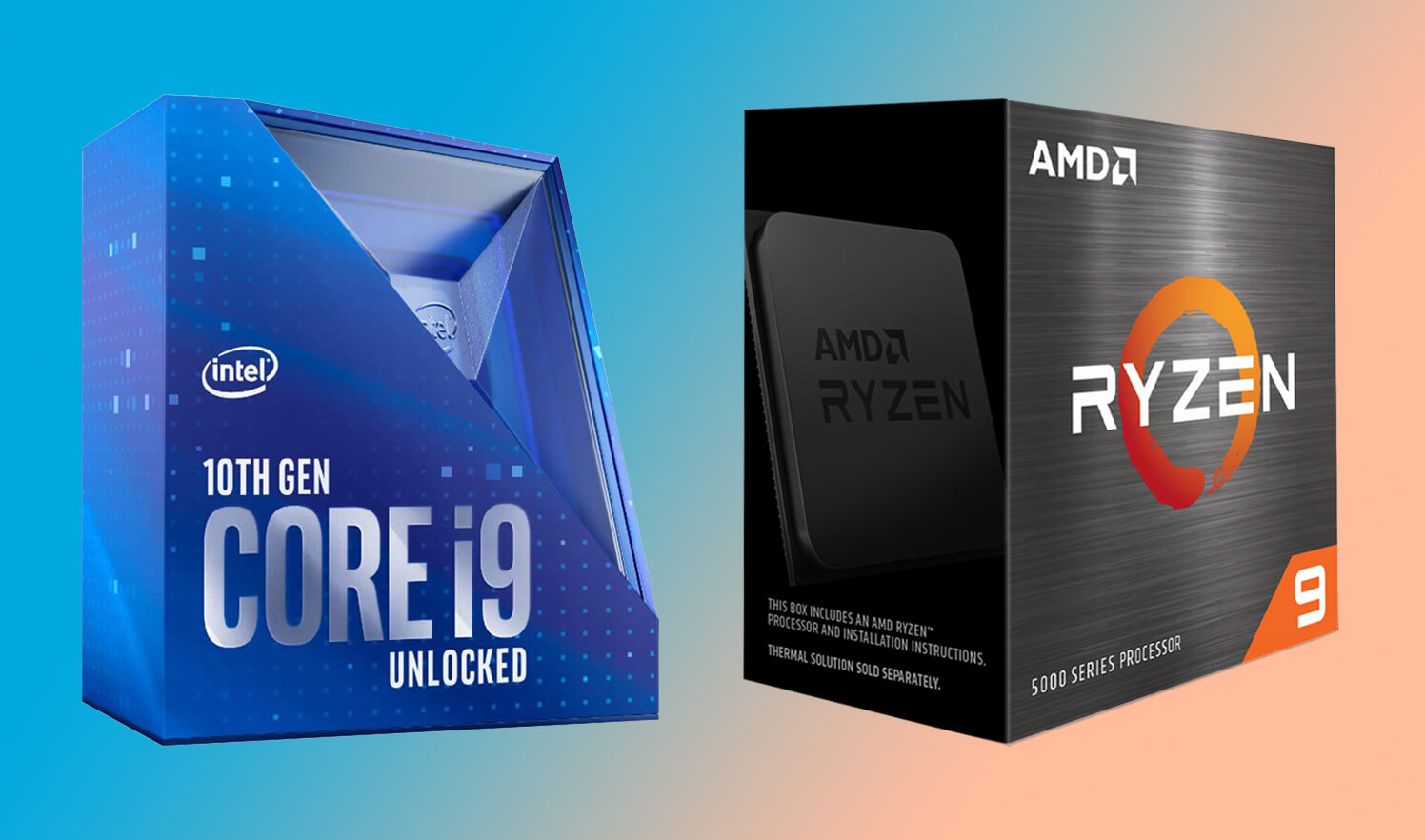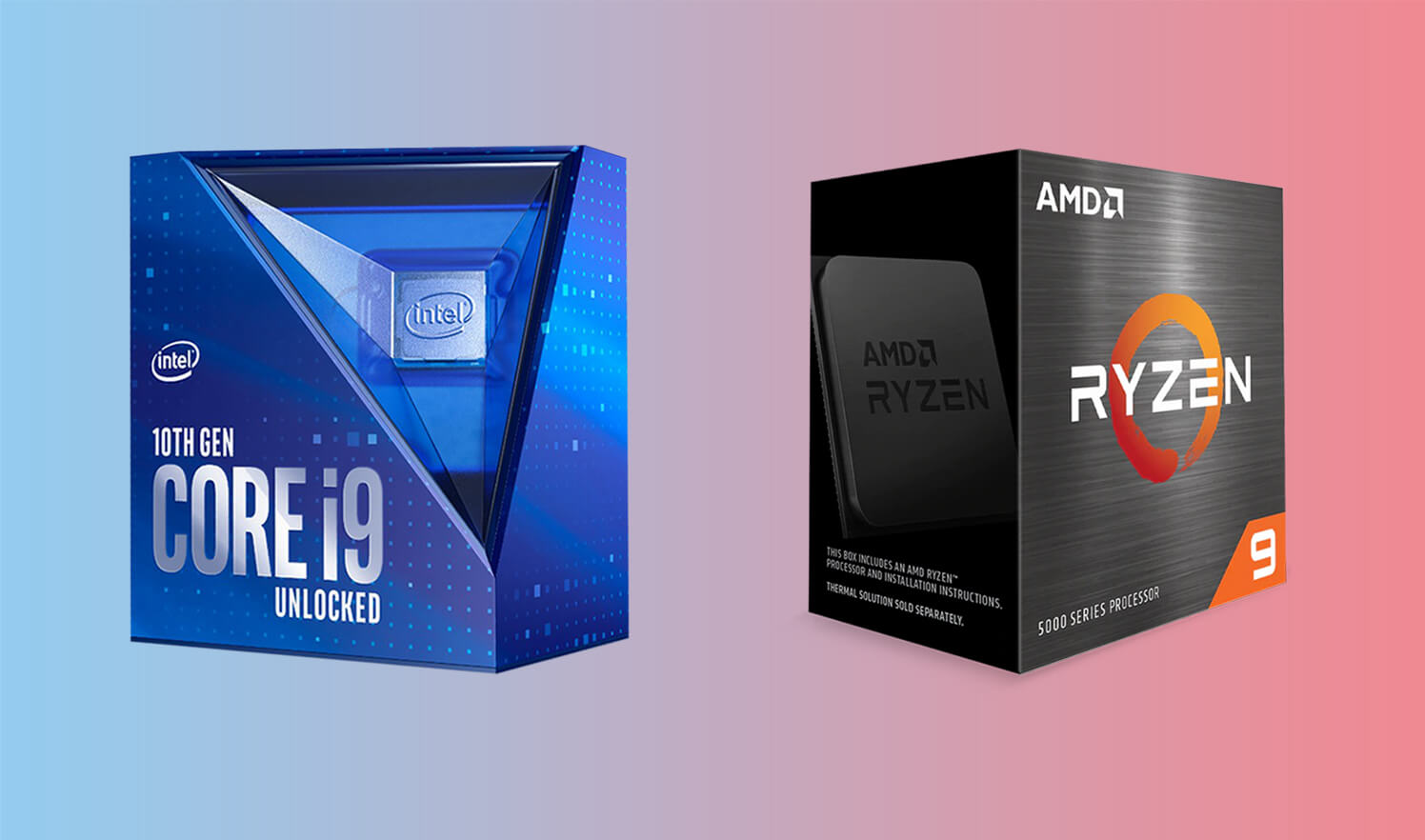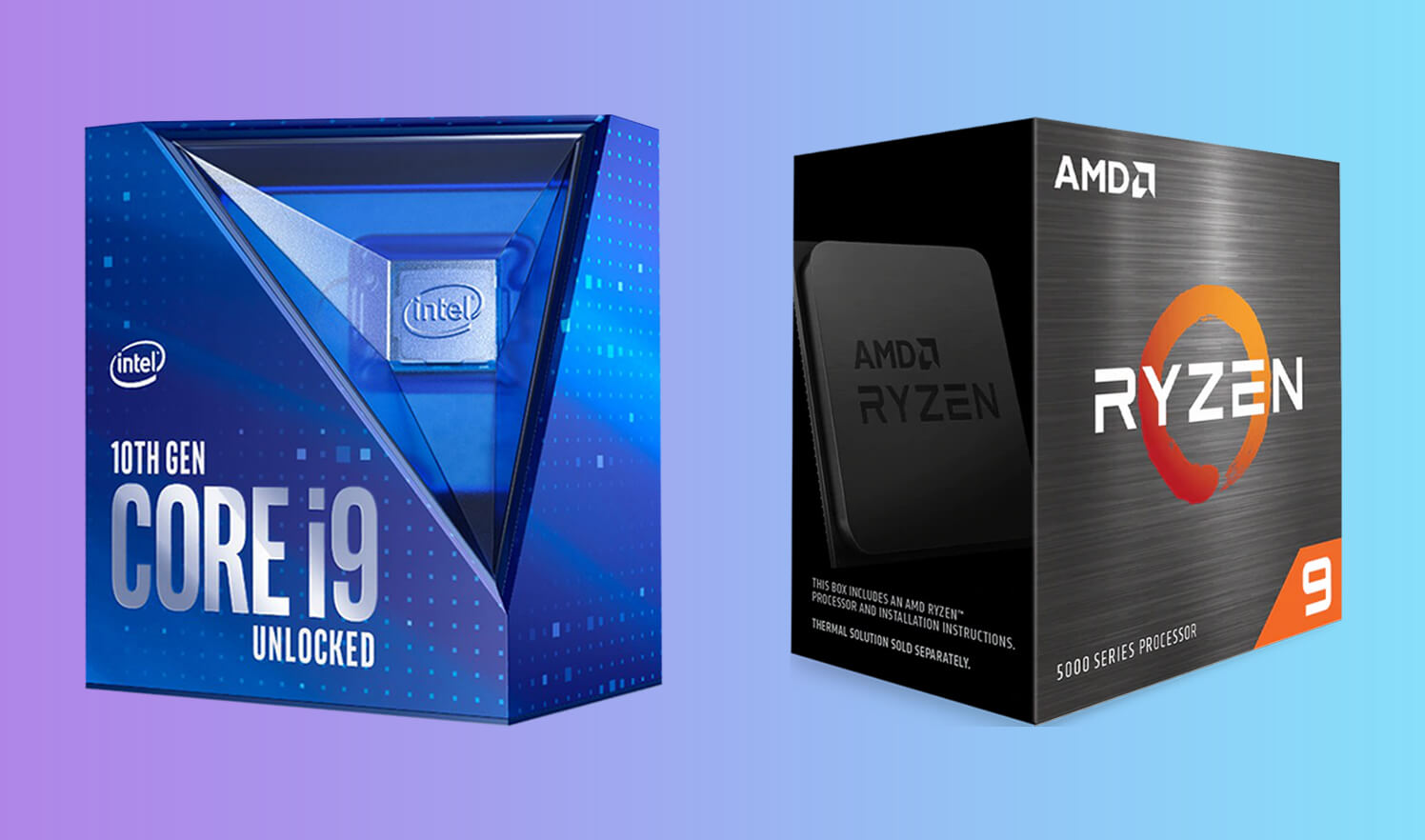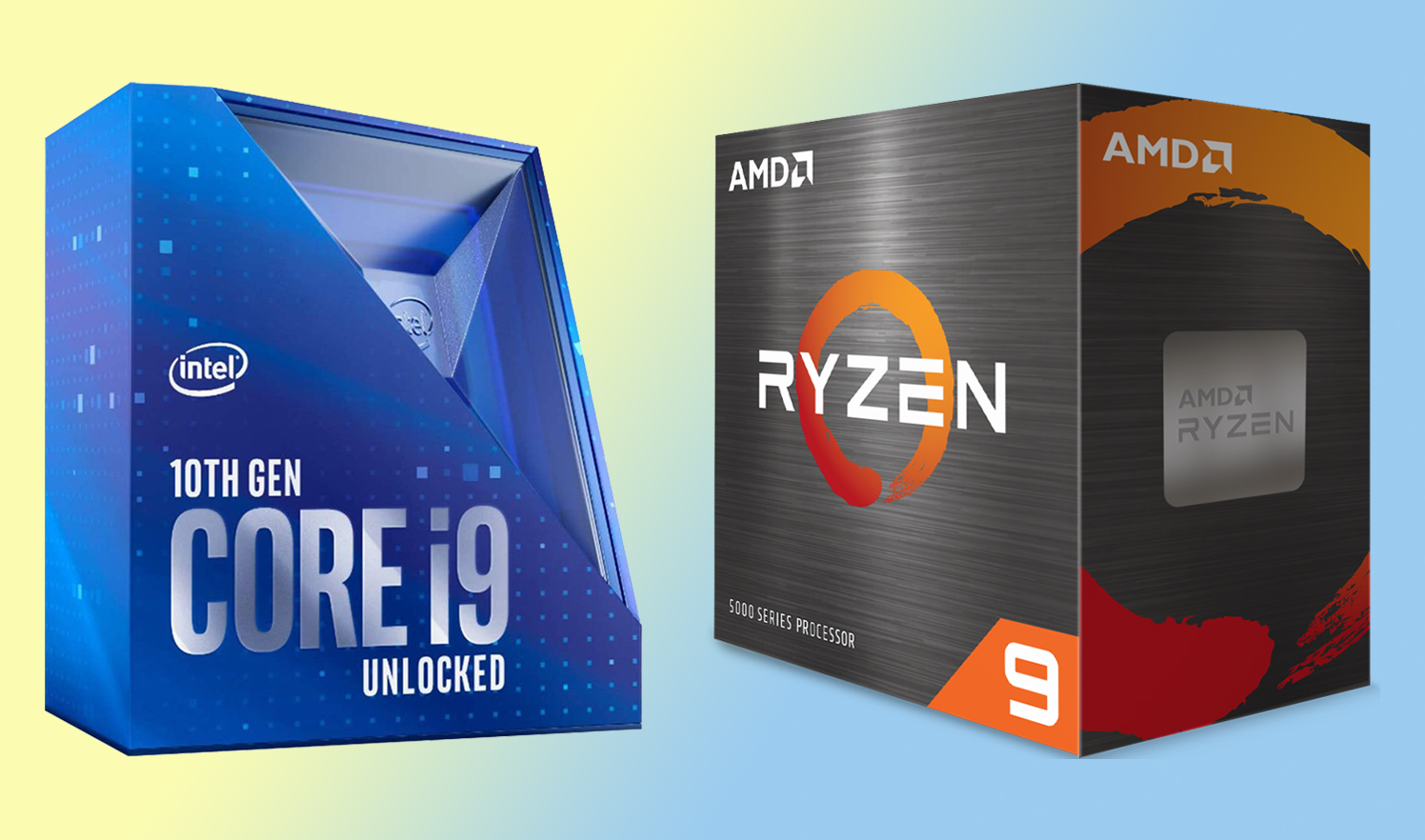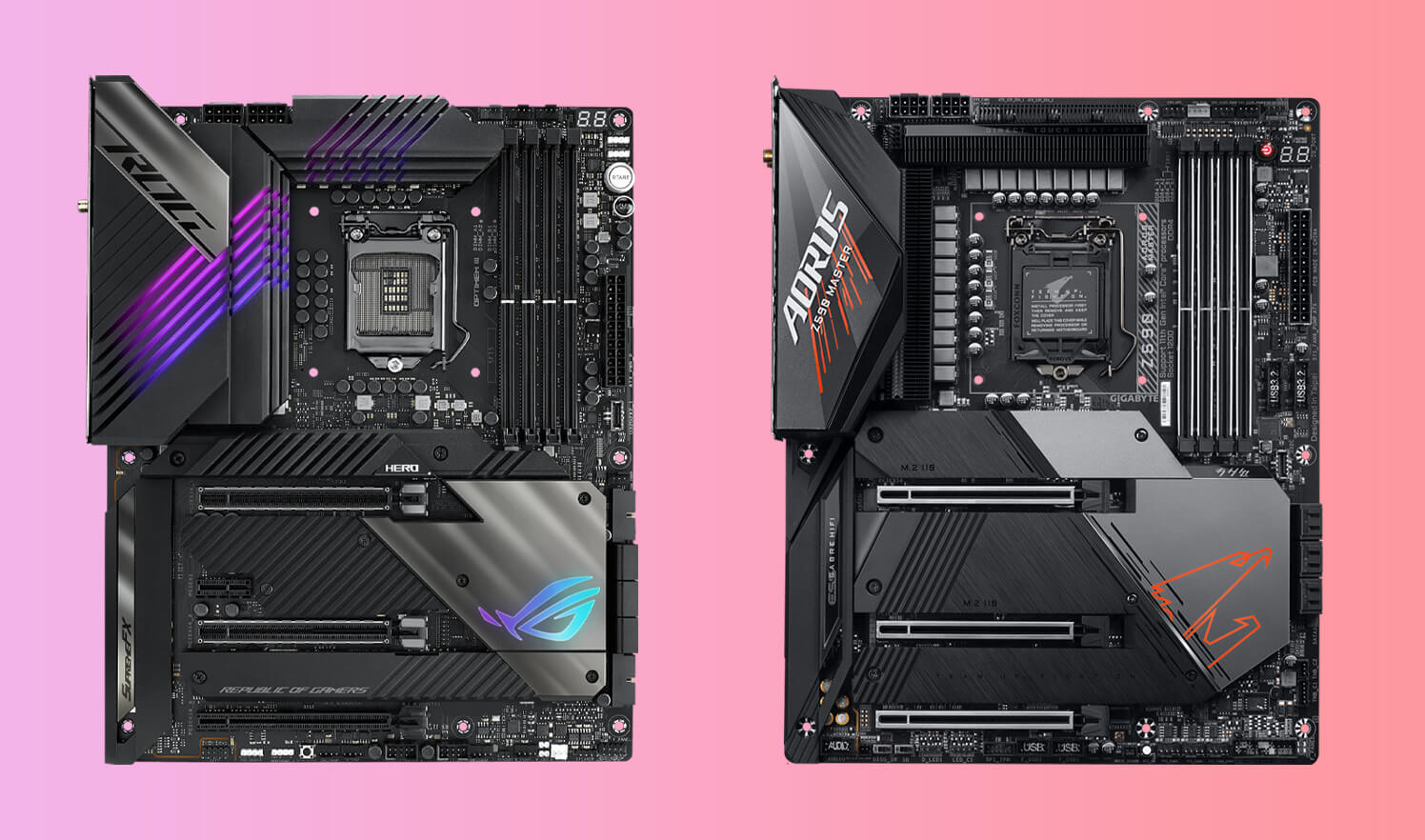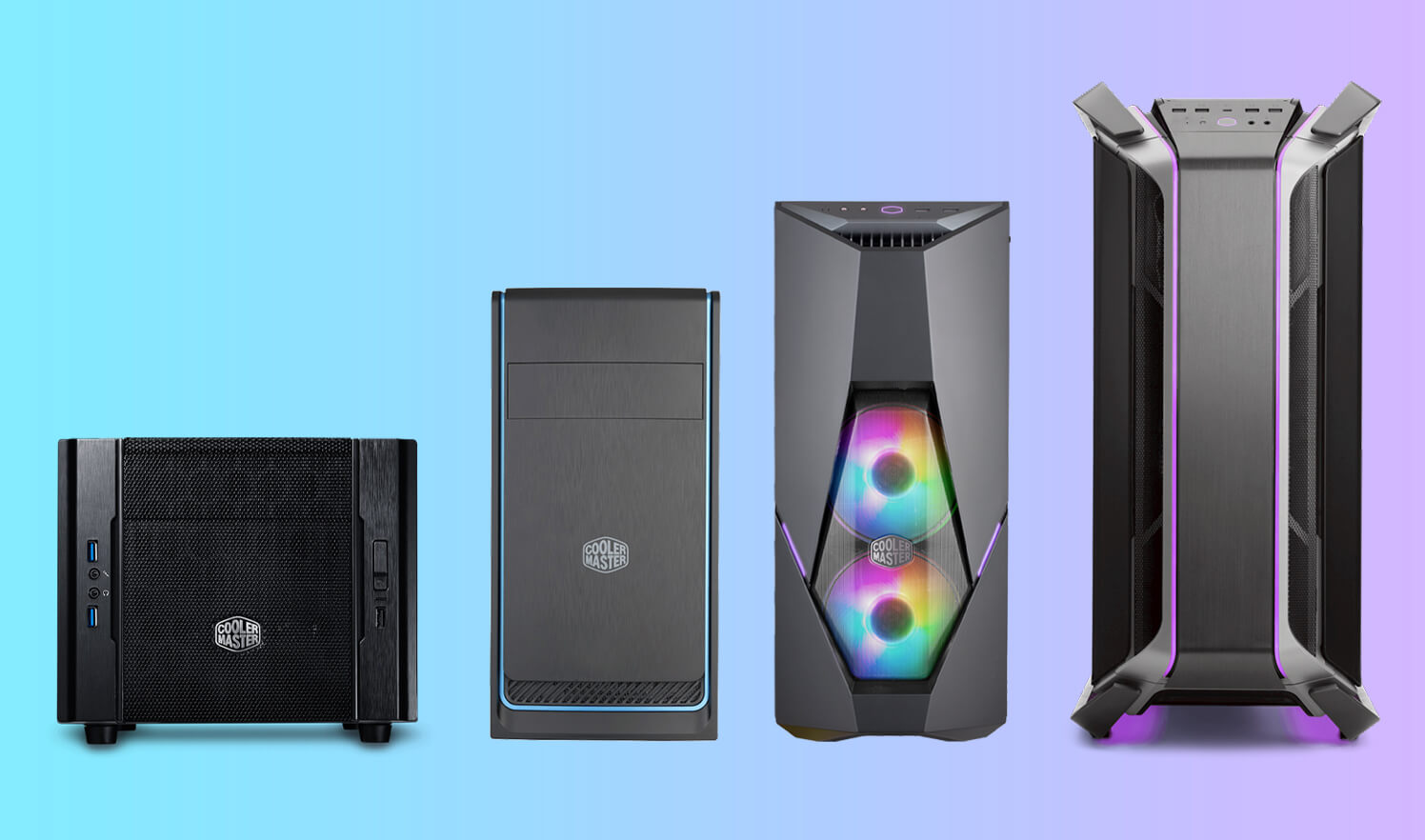RAM is one of the most important components in a PC and can be difficult to understand. Before you start building your gaming PC, it’s worth taking some time to learn about what RAM does and how much you need for your system to run at its best.
You are a gamer, and you know that the performance of your gaming PC is critical to how much fun you have. But did you know that RAM plays a big role in this? How does RAM work? What type of RAM do I need for my gaming PC? This blog post will answer those questions and more!
Your computer’s memory (RAM) allows it to run programs faster than if it had only its internal memory. It also stores data so that when one program needs information from another, the first can quickly access what it needs without having to go back to find it on the hard drive. In short: good quality RAM = better performance!
There are many different types of memory used in computers today, but most people tend to think of RAM when they’re looking for a way to improve their system.
What is RAM?
RAM stands for Random Access Memory and is used to store temporary data that the CPU needs in order to make calculations, and that storage can be accessed much faster than other types.
It typically resides on the motherboard, although it’s possible to install RAM onto some graphics cards in desktop PCs. It’s crucial for any PC, but it can be especially important on a gaming system because games often require more RAM than other types of software.
The general rule for gaming computers follows the same guidelines as any PC: you need enough RAM so your system doesn’t constantly have to use up its hard drive space to store chunks of data (like downloaded files and applications). As such, we recommend using 16 GB or more if at all possible. This way, you’ll never run out while playing games! Remember that this minimum applies even if most people don’t install programs like Photoshop or Microsoft Office on their systems.
What Types Of RAM Are There?
There are two types of RAM: DRAM and SRAM. Your computer stores both data and programs in its memory (RAM). The type you need will depend on the size, speed, reliability/stability, and cost.
DRAM:
DRAM (dynamic random-access memory) is found in most PCs today because it’s fast but can be slow to start up. DRAM (dynamic random-access memory) is even faster than SRAM because it doesn’t have an internal clock speed limitation. This allows computers with more advanced graphics cards to run high-resolution games at their best settings without slowdown.
This makes it a good choice for storing intermediate-sized chunks of data that change often like your operating system’s working set or active program list. It also provides lower power consumption than SRAM which is great if battery life is important to you!
However, this means that when computers with more advanced graphics cards want to run multiple games at high resolution without slowdown, they need higher amounts of DRAM.
That said, DRAM is also more expensive than SRAM, so if you’re on a budget and don’t need the extra speed, an upgrade to SRAM may be preferable for your PC gaming needs!
The downside: performance will go down as more applications are opened up you might notice some lag if you open too many tabs in Chrome or try running several intense videos at once.
SDRAM and DDR are the most common types of DRAM today, with SDRAM being cheaper but slower and DDR being faster and more expensive.
SDRAM:
SDRAM (single data rate) is the most common type of DRAM in PCs. It’s cheaper than DDR, but it’s slower and can’t keep up with high-performance systems that handle multiple simultaneous requests for information from different programs or applications.
DDR:
DDR (double data rate) RAM is faster and more expensive than SDRAM because it has twice the clock speed. While this makes advanced graphics cards happy, it also means you’ll pay a higher price tag for less memory capacity per stick than with traditional SDRAM modules like those found in home computers!
TIP: if you have a computer with less than 16 GB of RAM, upgrading will provide improvements in performance and system stability.
SRAM:
SRAM is newer and faster than DRAM, but it’s more expensive because the technology to manufacture SRAM chips isn’t widespread yet. It’s a better option for storing data that changes infrequently or not at all like your computer’s desktop wallpaper image or software libraries.
The faster access time also means that SRAM is best for storing programs and data that need to be accessed very often. SDRAM and DDR work best for storing data that changes more often, but SRAM is better when you’re looking to save space or don’t need the extra speed of DRAM.
SRAM dies faster if it’s not refreshed every few milliseconds so there needs to be a balance between cost and performance - otherwise crashes will occur due to data loss.
TIP: if you’re building a gaming PC, don’t be fooled by SRAM’s higher cost!
It depends on how frequently you play games and what graphics cards you have installed as to which type of RAM will work best!
How Much RAM Do You Need?
Many people think that you need a lot of RAM to run games well, but this actually isn’t true. In fact, most gaming PCs in the $600-$1000 range come with 16GBs or less! However, if you’re looking for an ultra-high-end PC then it might be worth investing more money into more RAM (32GB and up).
So, how much do you need? This is a hard question to answer. But we can say that the more RAM your PC has and the faster it operates - all other things being equal - then the better your performance will be with games. If you want an easy rule of thumb: 16GBs+ for gaming laptops; 32GBs+ for desktops.
Also, keep in mind that you don’t need a lot of RAM for most tasks outside gaming - like browsing the web or watching videos on YouTube (though again, more is better). For example: if I want to watch Netflix and play some games at the same time, how much RAM would I need?
It really depends on what programs are open at once. If it’s just one program running then anything less than 16GB will still do fine! But if there are multiple apps going at once, then something with 32GBs+ might be worth investing in.
How Fast Should Your RAM Be?
The first thing you should know is that the speed of your RAM doesn’t actually matter. The only thing that matters is the speed of your CPU. If you have a high-speed CPU, then it doesn’t matter if you’re running low-speed RAM. Yikes!
The only time you need to worry about how fast your RAM is is if it’s slower than the CPU. If both are slow, then everything will be too slow and sluggish. But don’t fret: most computers today have pretty good CPUs and they come with enough RAM that should work for any games on the market right now (unless you’re playing a game from 20 years ago).
That means all of us who want great performance out of our gaming PCs can get by with just one type of RAM - DDR-type memory. It comes in both single-channel and dual-channel varieties; either way works fine as long as they match up well together.
If you’re building a PC for intensive content creation like video editing or computer-aided design software, you’ll need at least 16GB of DDR memory clocked at 2400 MT/s with higher latency timings to ensure as little lag as possible when running those programs.
For gamers playing games like World of Warcraft on low settings, though which requires less from your system’s components than other high-intensity tasks - 12 GB will be enough to get you started.
DDR Single-Channel or Dual-Channel?
The RAM in your system needs to be matched up with the motherboard, and you’ll need to decide between a single channel and a dual channel. Single-channel means that it’s only working on one set of data at a time, while dual channels are able to work on two sets simultaneously.
This is important because some games require more memory than others - if you’re playing an RPG where combat happens all around you rather than just being focused on one character, then this kind of game will require less from your computer compared to something like World of Warcraft which requires lots of item management as well as intensive graphics processing for gameplay.
If you have a high-quality CPU but low-speed RAM, then going with a single channel might be your best bet.
Conclusion
This blog post will help you understand RAM and how much is needed for your gaming PC! If you want to build a gamer-friendly computer, we recommend 12 GB of DDR memory clocked at 2400 MT/s with higher latency timings (DDR: Single Channel) or 16GB if it’s a high-performance system that requires intensive content creation (DDR: Dual Channel). Once you have this information in mind, then all there’s left to do is start building - go out there and game on!

